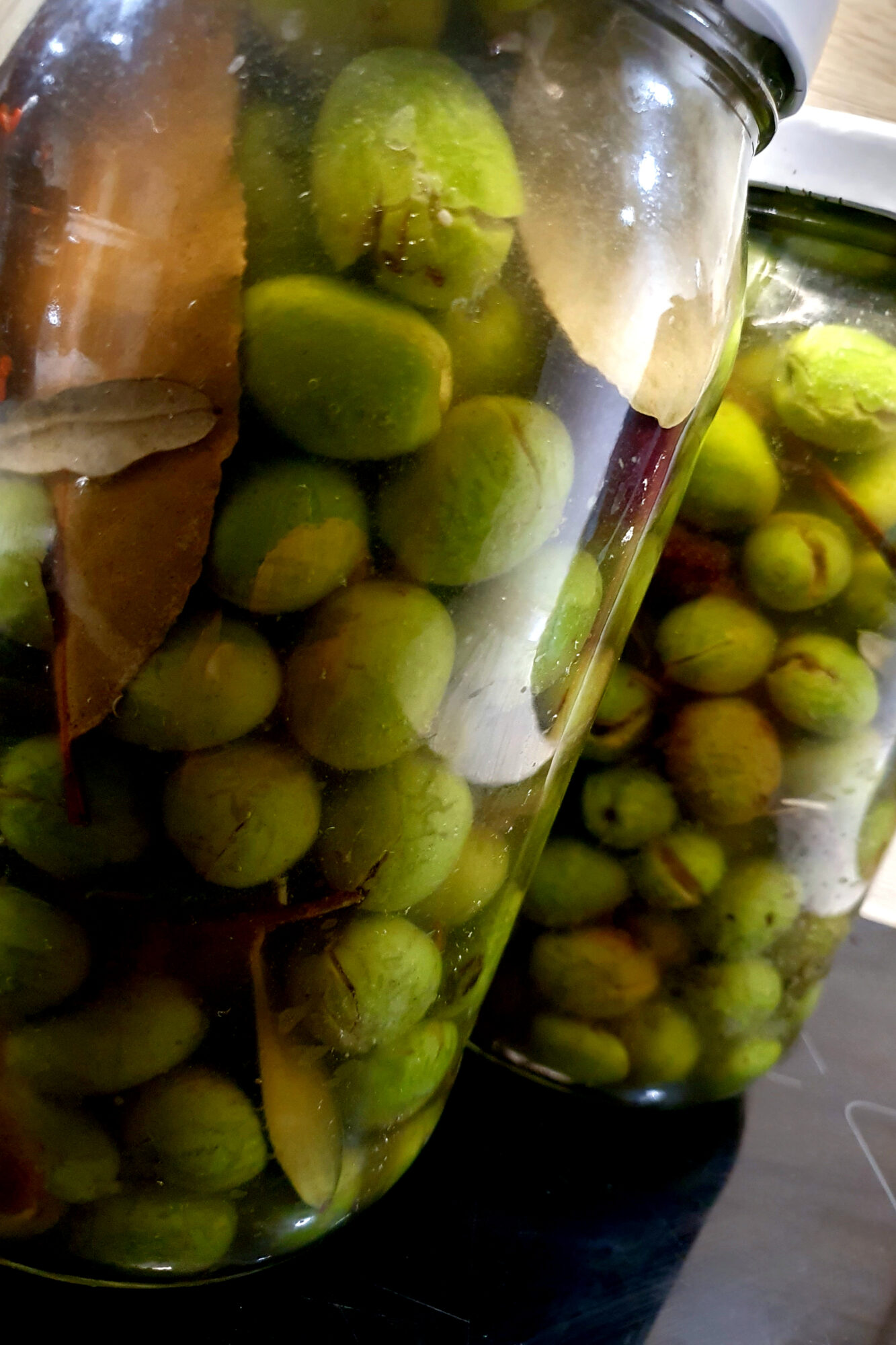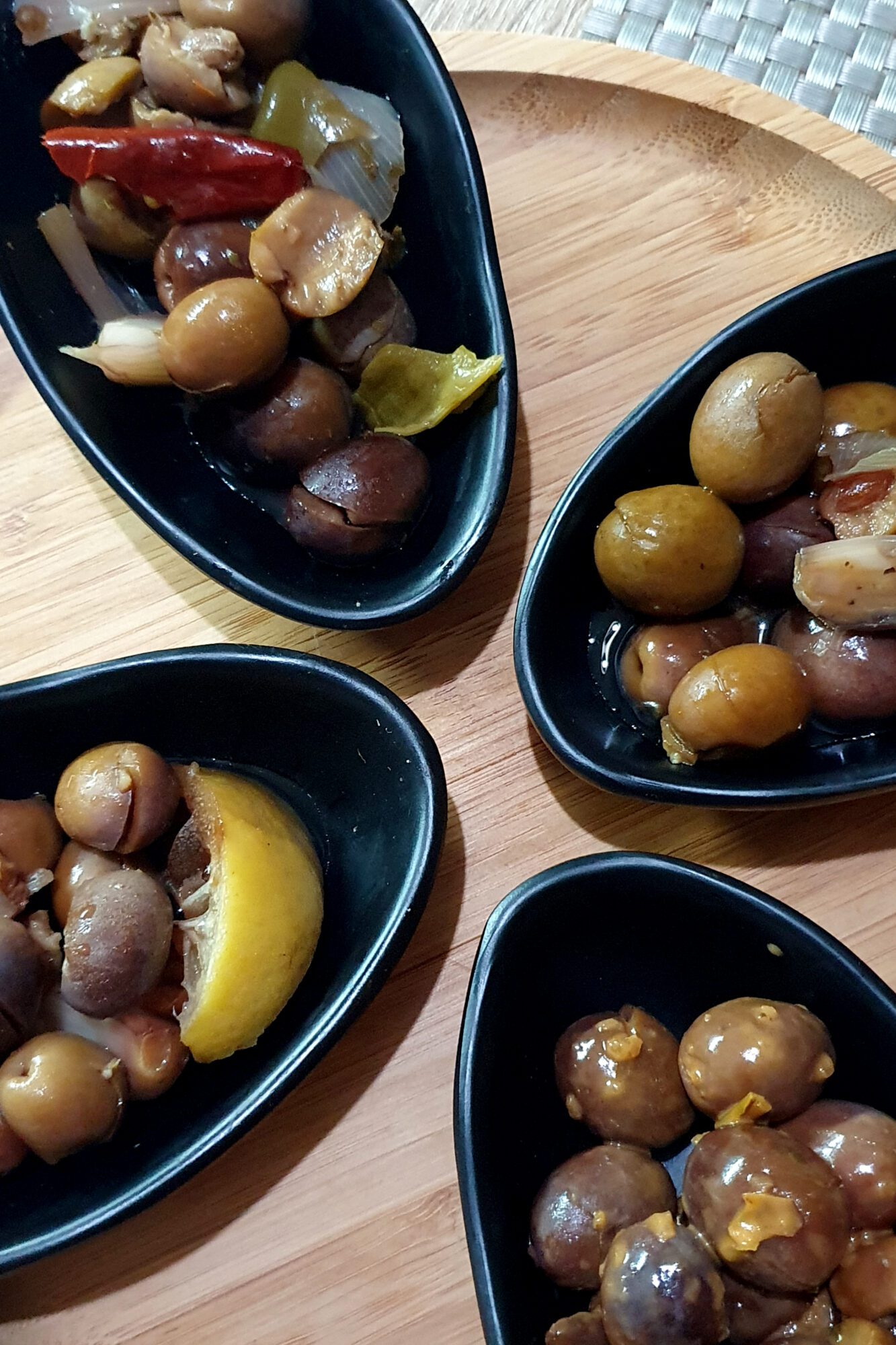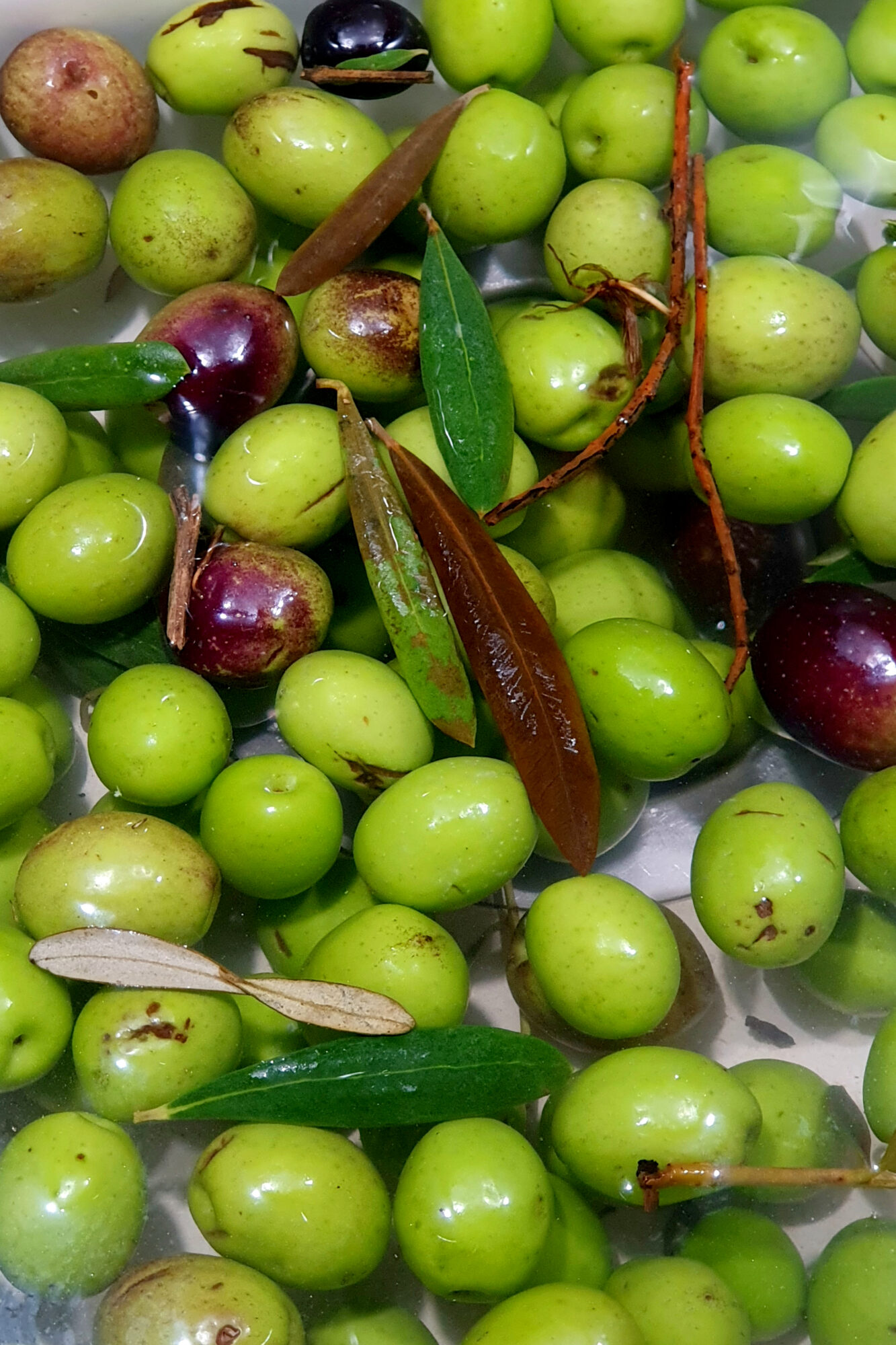 There can be no doubt that the olive is central to any festive meal or celebration in all Mediterranean countries, and different cuisines, including those from Spain, Greece, Italy and Morocco, have star recipes, which speak volumes of the country.
There can be no doubt that the olive is central to any festive meal or celebration in all Mediterranean countries, and different cuisines, including those from Spain, Greece, Italy and Morocco, have star recipes, which speak volumes of the country.
Again, there are many varieties of olive in each region, and these are not only consumed as canapés, but they are also used as ingredients in stews, in particular in Morocco, where they are also part of a staple breakfast, as the basis of vegan dips and pates, and to produce the liquid gold which is olive oil.
I know of very few people who do not enjoy them, and the majority who do, are often passionate about a particular variety. Whether they choose ones with stones, green ones, black ones, stuffed ones, pickled, brined, or marinated olives, variety is the spice of life and in Gibraltar we are spoilt for choice.
I promised last month that I would use the olives gifted to me by the immigrants working the fields in Sevilla, although you can easily purchase these in most markets in the autumn, and show you ways in which you could prepare them straight from the tree to the table.
I have always used the old age way of curing them first in salt. This was a common process as I was growing up and my grandfather would prepare these in a ceramic urn under the kitchen table, but caustic soda, and they produce a special one for olives, speeds up the process. The idea is that the olive softens, and it loses its bitterness. You could in fact use the caustic soda and the brine water in combination and this produces different results.
First of all, I split each olive using a wooden mallet and then I place them in large glass jars. Keeping them out of direct sunlight, I cover them with a mixture of water, rainwater is best if you can manage that, and the measure required of caustic soda. Generally, the pack will give you instructions but 100 grams to 4 litres of water is the average ratio. You then allow the mixture to stand for around 18-24 hours depending on the size of the olive, and then you drain and rinse, changing the liquid daily until it runs clear. You can add a few tablespoons of salt to the last few changes or brine the olives for ten to fifteen days in salted water, changing this daily and then use the caustic soda solution for 8 hours after the 15-day brining process. The results will varying, not just because of the process, but also because of the differences in olive.
So now that the olives have been cured, and you made sure that the water is clear when you rinse them, you are ready to add flavour to them. I am going to share four recipes here with you. The ingredients are just put together, and the trick is to put them into a saucepan and bring the water to the boil to tease out the flavour by making an infusion and then adding the warm liquid to the jar of olives. These in fact are then ready to eat but they are best when eaten a few days later.

Recipe 1
Three cloves of garlic, two sprigs fresh of rosemary, two sprigs of fresh thyme, eight black peppercorns, a teaspoon of red chili flakes and the zest of one lemon.
Recipe 2
Three cloves of garlic, one lemon, one sprig of fresh rosemary, one sprig of fresh thyme, one bay leaf, and five tablespoons of olive oil.
Recipe 3
Three cloves of garlic, sliced green peppers, the rind of one lemon, and five tablespoons of chimichurri sauce
Recipe 4
One teaspoon of fennel seeds, a small bunch of fresh parsley, one tablespoon of chili flakes , one tablespoon of dried oregano, orange peel, a pinch of pepper and three tablespoons of olive oil.
In true Dad’s Kitchen tradition though, any marinade would do and you could easily experiment with the variety of sauces and pickles readily available in store to include mojo picon and a number of ready mixed salad dressings. I hope you enjoy the festive season and the bounty that the winter table brings with it.





